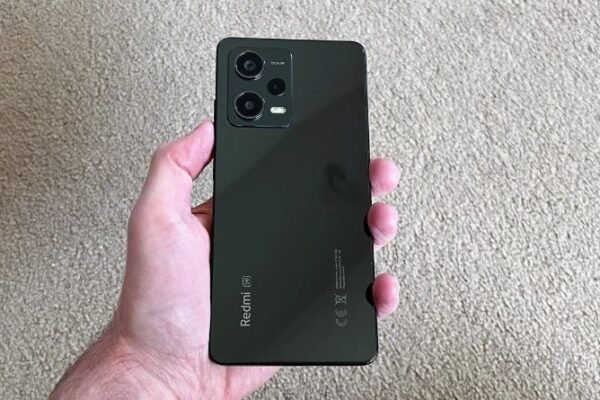5 Reasons Why You Should Avoid SMS for Multi-Factor Authentication
With more and more corporations moving away from traditional passwords and turning to multifactor authentication, many companies are choosing to use SMS messages as one of the factors. The idea behind this approach seems solid – any hacker trying to log in would have to have your phone as well as your password, right? Unfortunately, there are some major problems with this approach that we need to address before people start adopting it on any scale. Here are the top 5 reasons why you should avoid SMS for multi-factor authentication and what you should do instead.
1) What is 2FA?
Two-factor authentication (2FA) is a form of login verification that requires two types of identification: something you know (like your password) and something you have (like your phone). 2FA adds an additional layer of protection, which decreases the risk that an unauthorized person can access personal information. In order to set up 2FA, people usually need to install a mobile app like Google Authenticator or Authy on their smartphones, or they receive a special key from their service provider. The key is generally sent via SMS text message to the user’s phone number.
2) How Does 2FA Work?
Authentication is the process by which one provides proof of their identity. A popular form of authentication is the two-factor identification (2FA) method. 2FA requires that two things prove your identity, such as a password and an additional input, like a fingerprint or code sent to you via SMS. This is designed to make it harder for attackers to hack into your account because they would need not just your password but also access to something you physically have on hand.
3) Are There Alternatives to SMS?
There are alternatives to SMS, but the most popular is the RSA SecurID hardware token. These tokens use a physical device that provides authentication by generating a one-time password (OTP) which changes every 60 seconds. The token can be used with any phone or computer, as long as it has an internet connection. In addition to being more secure than SMS, RSA tokens are also more flexible and convenient because they do not rely on cell service and can be accessed from anywhere in the world.
4) Where Can I Learn More About Smartphone Security?
As the number of smartphones in use continues to grow, so too do the number of mobile security threats. The most popular method of securing a smartphone is by using an app that relies on two methods of authentication: text messages and an app. But what are some other ways to secure your smartphone?
5) Summary
The major drawback of using SMS as a form of authentication is that if you’re not on the phone, you can’t receive the code. This means that when it’s time to log in, your account will be locked and you won’t be able to gain access. There are other methods that can provide better security such as an app or hardware token.
1) If the user does not have their phone with them or cannot receive text messages, they can’t log into their account.
2) Hackers could get access to your account by calling your carrier and pretending to be you.









